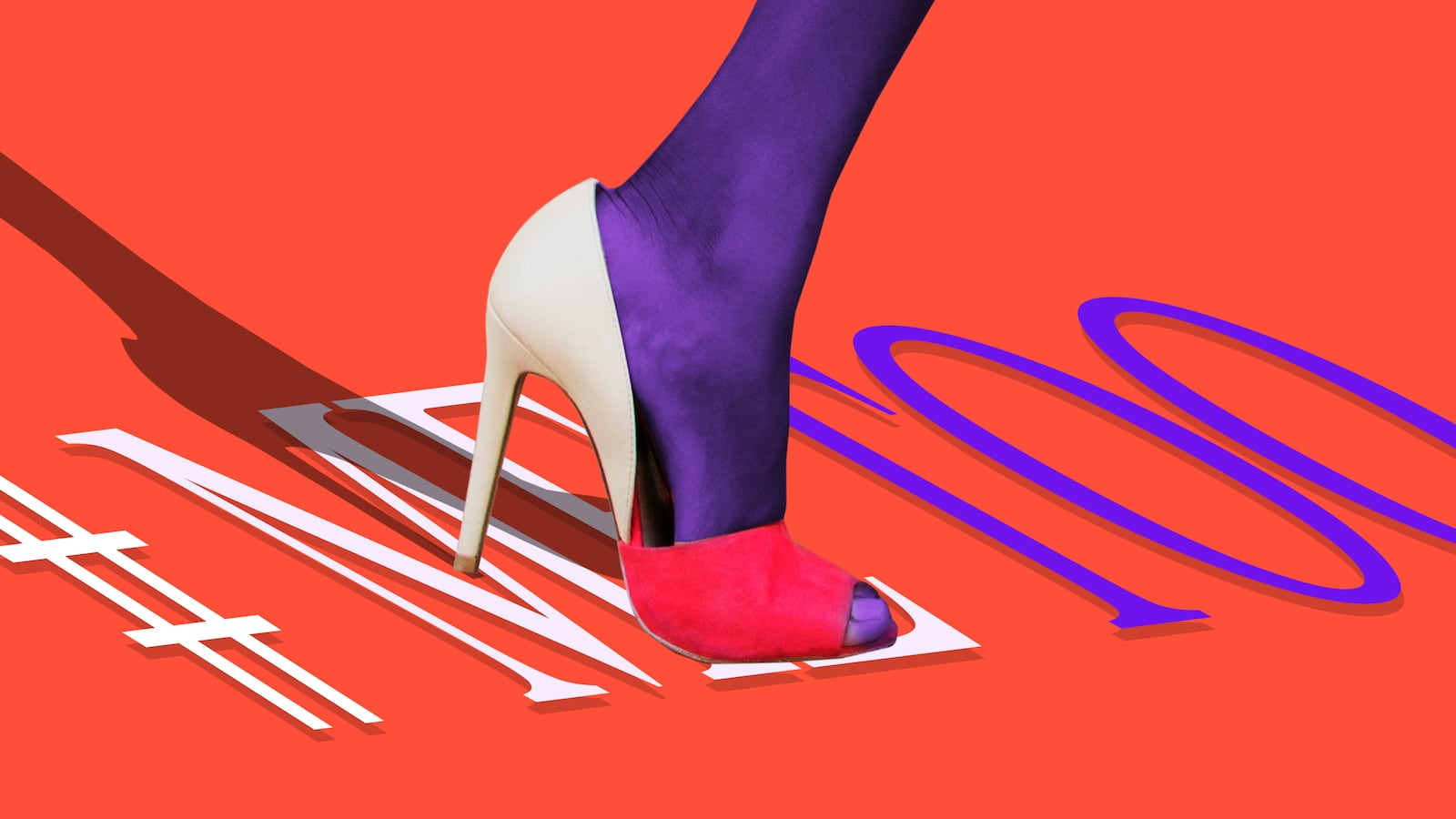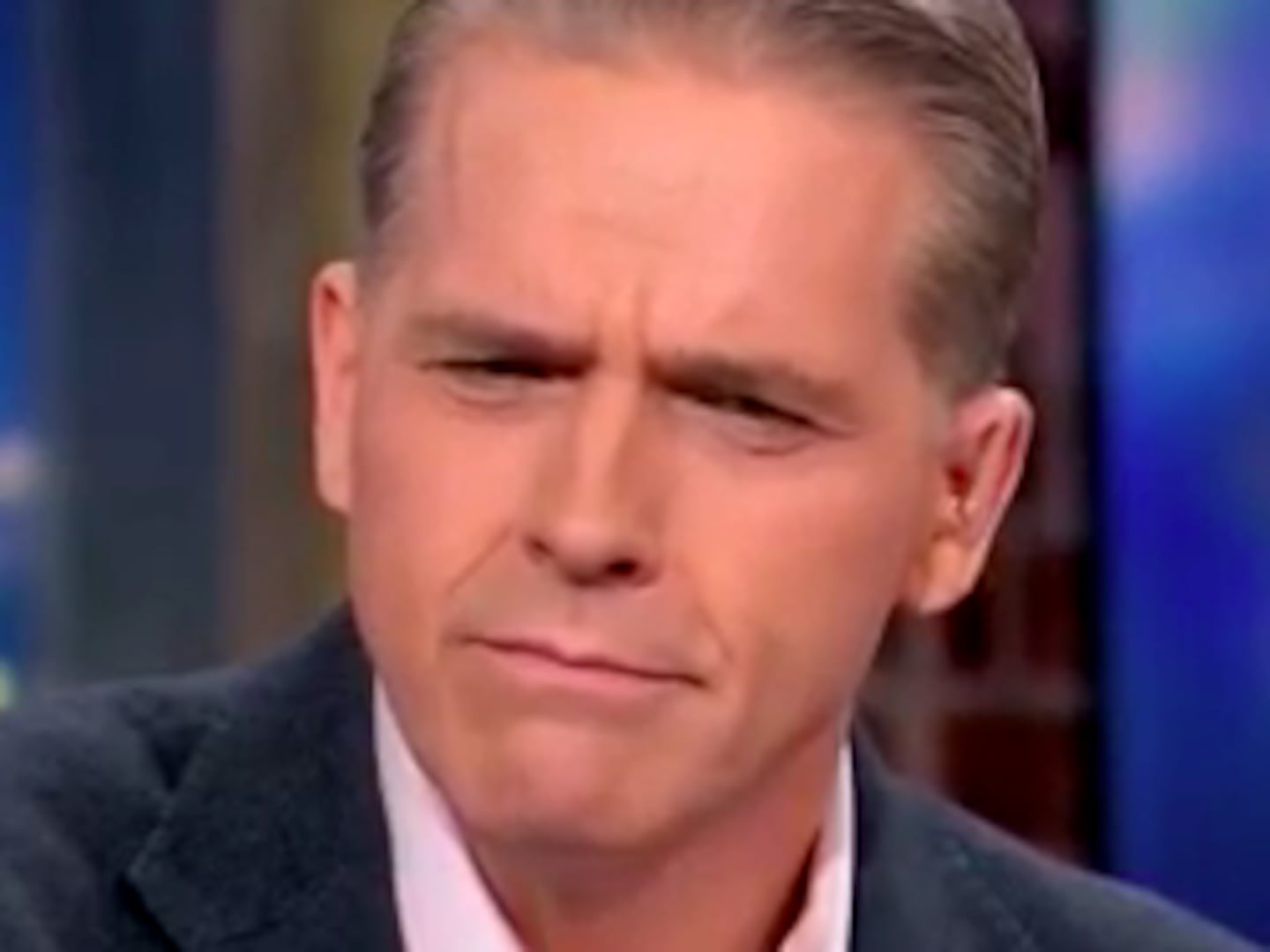The #MeToo movement has seen the careers of several notable figures torn to shreds. With the ever-growing list spanning Hollywood, politics, and the media, the fashion industry, too, has bore witness to sexual misconduct allegations against a number of renowned photographers.
Bruce Weber, Mario Testino, Patrick Demarchelier, and Terry Richardson have all been accused of sexually exploiting models throughout their careers; allegations that each man has denied.
Although the fashion world is still run by men, conglomerates like LVMH (which owns Louis Vuitton, Dior, Céline, Givenchy, and more) have pledged to fight gender inequality and prevent any further #MeToo-related incidents following damning reports by The New York Times and The Boston Globe in which several models—both male and female—made allegations against more than 20 fashion photographers, agents, stylists, and casting directors.
Several Condé Nast International titles (including Vogue and GQ) and major brands like Valentino and Bulgari were also forced to respond to the crisis by publicly cutting ties with photographer and alleged sexual assaulter Richardson, as reported by The Daily Beast.
But recent events have proved that the cracks in the industry’s supposed support of women are beginning to show.
Photographer Patrick Demarchelier, who was accused of sexually inappropriate behavior by several women in February, is one of the few accused “old guard” continuing to work, having photographed shoots that appear in recent issues of Harper’s Bazaar Japan, Vogue Japan, and Vogue Australia. (Demarchelier called the claims against him “ridiculous.”) However, the careers of most have halted. For now.
But the men belonging to fashion’s cooler streetwear crowd who have been accused of similar crimes have been slowly making a comeback over the past few months—with the apparent help of some of the industry’s top talent.
In June, Ian Connor and A$AP Bari—two men who have been accused of varying degrees of sexual assault—took pride of place on the front row of two highly publicized Paris fashion shows.
Twenty-five-year-old Connor was photographed at Virgil Abloh’s Louis Vuitton menswear debut while Bari, 26, turned up at Dior. The pair were both later seen at the first runway show for Alyx—a hyped brand run by Matthew Williams, a close friend of Abloh and Kanye West.
Before mapping out the duo’s carefully orchestrated return, it’s important to understand who Connor and Bari are and what they have been accused of.
Connor hit the limelight aged 19 after being contacted by Abloh to work alongside him and West. Since then, he has reportedly worked as West’s creative consultant, moonlighting as a Yeezy model and stylist for the likes of Kylie Jenner.
In April 2016, Malika Anderson became the first woman to accuse Connor of rape via a heartfelt blog post.
Fast forward two months to women’s advocate Amber Rose telling The Daily Beast that 21 women had contacted her alleging to have been sexually assaulted and/or raped by Connor.
Anderson filed a police report (that didn’t result in charges due to lack of evidence) but the other women were too afraid to take legal action.
It’s easy to understand why considering Connor’s threatening behavior on social media which includes sending women who have labeled him a rapist abusive direct messages. Connor has denied the allegations on Twitter, writing: “Ain’t no coincidence I make my first big magazine cover for a bitch to make up allegations for her own self-esteem purposes.”
Bari (real name Jabari Shelton) is one of the founders of renowned hip-hop collective, A$AP Mob, which also houses the likes of Dior campaign star A$AP Rocky and Tiffany and Valentino-endorsed A$AP Ferg. He is most well-known, however, for his involvement with streetwear label VLONE which notably partnered up with Nike in 2017.
Strangely enough, Bari and Connor have a tumultuous past. In June 2016, Bari was filmed punching Connor in Paris, later confronting him on social media about the rape allegations.
A year later, Bari was facing sexual assault allegations of his very own after a video emerged of him and a woman in a hotel room. In a statement given to Billboard, he denied any allegation of misconduct, stating: “A misleading video clip featuring adult content and activity has been released to the public without my knowledge or consent. We have resolved this issue amicably among all parties as adults. We were friends before this and will remain friends afterwards. Being raised by strong women who taught me to respect everyone, I’m disappointed in the situation as well as myself and will reflect on the situation appropriately.”
However, the incident led to a million dollar lawsuit by the woman in the video and Nike dropping the VLONE collaboration. Bari was also arrested and charged with two counts of sexual assault relating to the same video in the U.K. in June. He denied both charges with a trial set to take place on Jan. 2 next year.
Both Bari and Connor are firmly in fashion’s It crowd; a group which includes hailed designers, rappers, and Instagram-famous twenty-somethings.
It is Abloh, the founder of Off-White and recently appointed artistic director of Louis Vuitton’s menswear, who continues to be Connor’s champion.
Scroll through the designer’s Twitter account and you’ll find various photos of Connor along with promotions of his footwear brand, Revenge x Storm, which launched in September 2016 and reportedly netted the 25-year-old over $500,000 in just three hours.
Connor’s Instagram account (which boasts 1.1 million followers) also features photos of the pair and him modeling in an under-the-radar Off-White campaign that is said to have been published in i-D magazine after the allegations surfaced.
Despite having plenty of his own designs to choose from, Abloh wears items made by Connor for high-profile interviews.
In a recent conversation with Naomi Campbell for British Vogue, the 37-year-old was spotted in a white hoodie with neon green lettering reading “Sicko. Born From Pain.”
Those who follow Connor’s Instagram antics will recognize the text. The private Instagram account, bornfrompain1993, reportedly belongs to Connor while Sicko is the name of his unreleased clothing line, according to fans.
But the biggest surprise, given the allegations facing him, was Connor’s front row appearance at Louis Vuitton’s Spring 2019 menswear show alongside celebrities including Rihanna, Kim Kardashian, and Black Panther’s Chadwick Boseman.
His specific seat seemed to have been carefully calculated. Instead of being placed in the highly photographed A-list section, he was seated at the end of the 200 meter-long runway; a place that many showgoers wouldn’t spot.
Perhaps in defiance of his location, Connor arrived with his Insta-famous bodyguard, placing at least five LV bags in an unmissable pile on the floor next to him.
Bari’s invitation to Dior was more surprising. But his arrival with friend A$AP Rocky signaled a new upward trajectory.
Paris Fashion Week unwittingly played host to Bari’s pop-up shop with Rocky donning a VLONE design to Rick Owens’ show. (Abloh, again, appears to have some connection, posting a photo on Instagram of his new exhibition which referenced Bari and VLONE as either a “project yet to be released” or “discarded idea.”)
It’s unclear where the link between the A$AP Mob member and new Dior Homme artistic director Kim Jones lies but Bari’s face-covering scarf worn to both the Dior and Alyx show didn’t look like an accident. Was this a stylish way for the designers to save face?
Social media picked up on the pair’s fashion week takeover pretty quickly. But it took five days until any publication mentioned the problematic aspect of these front row guests. Refinery29 was the first to call out Louis Vuitton and Dior. (The article was taken down overnight but is now available.) The New York Times wrote raving reviews of both shows, calling Connor “an Instagram phenom” but failing to mention any allegation against him.
Fashion lawyer and founder of news and commentary site The Fashion Law, Julie Zerbo, told The Daily Beast it was important for brands to think about “the message that something as seemingly simple as a runway show invitation or Instagram image has.”
Although Zerbo doesn’t think “these instances represent any sort of straightforward endorsement by Louis Vuitton or Dior,” she believes that having people like Connor and Bari at a show “stands to chip away at some of the significant efforts that LVMH has made in the women’s rights arena, which is disappointing.”
This dismaying trend also infiltrated the womenswear shows in Paris. On Sunday, the esteemed Miuccia Prada invited disgraced film director Roman Polanski to Miu Miu’s celeb-filled show.
It’s unclear whether Polanski pleading guilty to the rape of a child (and subsequently fleeing from justice) or his idea that #MeToo is nothing more than “a collective hysteria,” somehow washed over Prada’s head but his presence didn’t mesh well with a show that supposedly celebrated women.
Ian Connor, A$AP Bari, Louis Vuitton, Dior, and Alyx did not respond to requests for comment. Miu Miu’s press office said: “We have no comment on this matter.”
Several industries seem keen to distance themselves from anyone accused of sexual assault and harassment. Why is fashion so different?
According to PMX Agency’s 2017 trend report, 61 percent of luxury consumers are women. Some designers may feign ignorance but there’s a clear disconnect between their viewpoint and the ideals of modern women. Perhaps there’s a case to argue that the women (and men) buying from these brands simply want pretty products and don’t care about the personal decisions that the head honchos make.
“The fashion industry has been notoriously deaf to concerns about misogyny, sexual abuse and feminism in general—except when feminism can be portrayed as sexy,” said fashion journalist and former columnist for The Wall Street Journal Christina Binkley. “While many industries responded with immediacy to the #MeToo movement by firing accused executives, establishing new protocols, or simply listening better, fashion has been slow to get it. Perhaps these brands don’t expect to feel repercussions from their consumers.”
Indeed, Zerbo noted that there isn’t “any indication that the average menswear/streetwear fan will opt to shun these brands as a result of an ‘anti-female’ stance.”
Binkley alludes to fashion’s hypocrisy. There’s no other way of describing Dior’s womenswear arm brandishing a feminist message and its menswear team inviting a man involved in an ongoing sexual assault case. The same goes for Abloh, who has donated proceeds to Planned Parenthood while simultaneously advancing the profile and bank account of an alleged serial rapist.
Abloh’s message may well be one of inclusivity but his (and other designers’) apparent efforts to rehabilitate individuals accused of assault shouldn’t be applauded. And by remaining silent when it affects the bottom line, the fashion media is complicit.
If the industry isn’t careful, it could become one big boy’s club with no room or care for women.
“I choose to not give any of my energy to [Connor] or what he does,” one of Connor’s alleged victims, Jenni Stampley, told The Daily Beast. Perhaps this is a sentiment that fashion, and we as consumers, should remember from now on.






